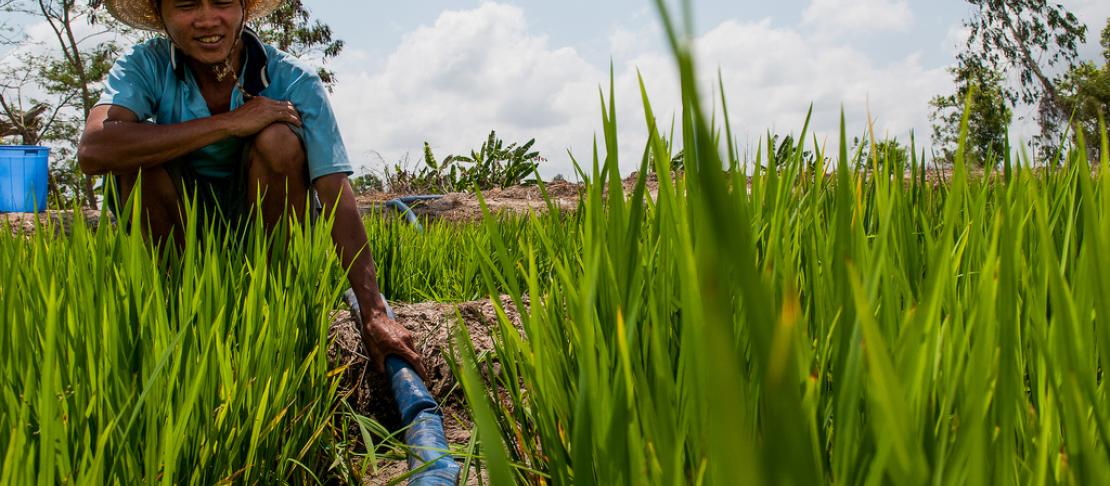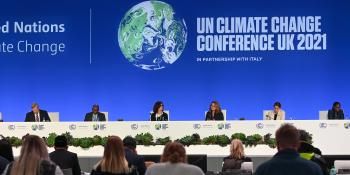Putting Alternate Wetting and Drying (AWD) on the map, globally and nationally

Summary
Working in partnership with national research institutions, IRRI has developed the Alternate Wetting and Drying (AWD) rice management practice. The practice reduces water use by up to 30% and methane emissions by 48% without impacting yield. With efficient nitrogen use and application of organic inputs to dry soil, the practice can reduce emissions even further, enhance nutrient efficiency, and deter insect infestation. AWD has been field tested and validated by rice farmers in Bangladesh, Indonesia, Lao PDR, Philippines, Myanmar, and Vietnam. AWD is now being mainstreamed in extension efforts by formal extension institutes and NGOs in a number of countries in Southeast Asia. Training and extension materials on AWD are also being included in curricula of agricultural colleges, universities and extension certification schemes.
Recognizing the benefits that can be derived when AWD is widely adopted, in 2011, Vietnam’s Ministry of Agriculture and Rural Development (MARD) highlighted AWD as one of the improved cultivation techniques for rice production to be adopted by 3.2 million hectares of rice cultivation areas by 2020. With this policy support, the adoption of AWD is being mainstreamed in different programs of MARD. In addition to recognition at the local and national levels, AWD is also gaining international recognition and acceptance. A methodology for methane emission reduction by adjusted water management practice in rice cultivation has been approved by the Clean Development Executive Board, and emissions reduction projects can be developed under this methodology.
Key facts
AWD reduces water use in rice cultivation by up to 30%, and methane emissions by up to 48%.
AWD has been field tested and validated by rice farmers in Bangladesh, Indonesia, Lao PDR, Philippines, Myanmar, and Vietnam.
Vietnam’s Ministry of Agriculture and Rural Development (MARD) highlighted AWD as one of the improved cultivation techniques for rice production to be implemented in the country.
AWD is gaining increased recognition in national and international policy frameworks.
Lessons: key elements of success
Field demonstrations showcased AWD’s benefits to farmers and policy makers.
The multiple wins which AWD offered farmers by reducing costs associated with watering, fertilizer and insecticide application enabled it to gain higher acceptance.
Related research outputs
Siopongco, J., Wassmann, R., & Sander, B. (2013). Alternate wetting and drying in Philippine rice production: feasibility study for a Clean Development Mechanism.
Sander, .BO., Wassmann, R., Siopongco, J.D.L.C., ( ). Water-saving techniques: potential, adoption and empirical evidence for mitigating greenhouse gas emissions from rice production. In: Hoanh, C.T., Smakhtin, V., Johnston, T. (Eds). Climate change and agricultural water management in developing countries. CABI Climate Change Series. CABI Publishing, UK (in print)
Richards, M., Sander, B.O. (2014). Alternate wetting and drying in irrigated rice. CCAFS Info Note. CGIAR Research Program on Climate Change, Agriculture and Food Security (CCAFS). Copenhagen, Denmark.
Note: This was achieved in combination with the Global Rice Science Partnership (GRiSP)


